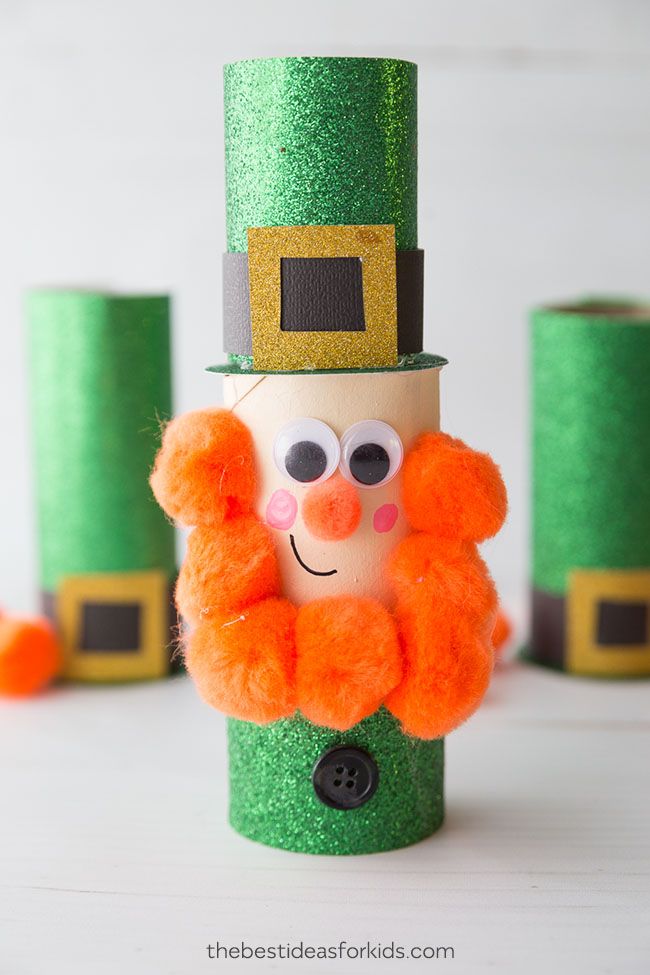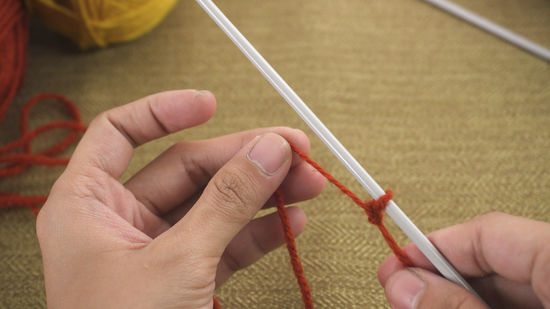
A Quilting Life, a blog about sewing, quilting, and sewing accessories, is called A Quilting Life. Advertisements, sponsorships and endorsements may be made to the blog. The opinions expressed in this blog are mine. I only recommend products and services that I believe in. A Quilting Life does not endorse any company or organization.
Sherri McConnell
Sherri McConnell is a quilting expert, author, and blogger. She has written two books about quilting and plans on writing more. She shares her experience and tips on her blog, "A Quilting Life." She also writes for Craftsy and provides tutorials for AccuQuilt's blog.
Sherri's quilting is filled with colorful inspiration! Her sewing studio is full with mini quilts hanging from her ceiling. Her design wall has hexagon flowers and Dresden Plate block designs. A colorful frame is also on her wall.

Chelsi McConnell
Chelsi McConnell has been making and selling quilts over a decade. She loves to work with and create fabric. She is also a sister, mother, and wife. See's chocolate is also a favorite of hers. You can follow her on Instagram.
The A Quilting Life Podcast is lighthearted conversation about quilting fabric, inspiration, and creativity. Sherri, Chelsi, and Sherri talk about a variety subjects - including quilt retreats and creative ideas - and are joined with experts from the quilting industry. The podcast features tips and techniques for creative quilting and news and trends within the quilting industry.
Simply Delightful fabric collection
Sherri & Chelsi's Simply Delightful collection features a variety of beautiful patterns and interesting shades of color. It looks great with Moda's Bella Cottons Solids. For a deeper look at the collection, and to hear about the inspiration behind them, listen to the podcast.
Simply Delightful comes in eight color stories, and has thirteen different light print options. You can choose from pink, red and orange as well as yellow, green, and many other colors. There are also plenty of fun two-and-color combinations to choose from.

Sherri McConnell's new book
If you enjoy making quilts, you'll love Sherri McConnell's new book A quilting life. This charming book, signed by the author, contains lots of gorgeous quilts and home decor projects. The author talks about her inspirations, and shares some her favorite colors.
This book is for all levels of quilters, beginner to advanced. It will show you how to create beautiful quilts, and keep you organized no matter where your life takes you. You will find tips, exercises and mindfulness techniques in the book's workbook and monthly planner.
FAQ
What types of hobbies are suitable for introverts?
Introverts have the ability to focus on one thing at a time. They enjoy solitude and prefer to read, write, play music, watch movies, etc.
They enjoy being alone and spending time alone. They are not social creatures and don't want to be around people all day. They often feel bored when they are surrounded by people.
Introverts may choose to do hobbies that are more alone-oriented. You might find them reading books, listening, playing music, taking photos, writing poetry or painting.
Many introverts choose to live alone. They can concentrate on their hobby without being distracted.
What can I do to make money from my hobby or business?
Many hobbies can lead to making extra cash.
If you're passionate enough about your hobby, you may decide to sell items related to it.
A website might be a good idea if your hobby is collecting stamps.
You can also make extra income by selling and buying stamps.
Another option is to create a YouTube Channel where you can talk about your hobby.
This allows one to share their passion with others, potentially generating additional revenue through the offering of premium content.
Is it possible that you can make a lot of money from your hobby?
Not necessarily.
You could be wealthy if you have a passion for starting your own business.
For example, let's say you're a fan of cooking. You enjoy healthy food so you opened a restaurant.
You only serve organic, homemade meals and you charge a small amount to customers to cover labor costs.
Over time, you grow your clientele and eventually hire employees who work alongside you.
You may eventually add vegan dishes and gluten-free options to your menu.
In this scenario, you've created a successful business that has allowed you to live the type of lifestyle you wanted.
This doesn't mean that you have to give up your job.
You could also run your restaurant, while still maintaining your 9-5 job.
What are observation hobbies?
Observation hobbies are activities where you observe people doing what they do. It could be reading, watching sports or going on holiday. You could also observe other people.
Observation hobbies can be very beneficial because they allow you to learn how creative thinking works. You can draw on this knowledge later, when you work on projects for others.
You'll discover that it's easier to learn if there's a passion for something.
You might watch or read about football to learn more. You could visit or take part in exhibitions if you are interested in learning more about photography.
If you love to play music, there are two options: either buy a new guitar online or follow along with the songs.
If you like cooking, you could cook your own meals or visit restaurants.
If you love gardening, you might grow vegetables or flowers.
If you like dancing, you could join a dance class or go out with friends.
If you love painting, you can paint pictures.
Writing poetry or stories is a passion if you are a writer.
If you like drawing, you could draw pictures.
If you're passionate about animals you might consider working at a Zoo or looking after their pets.
If you like science, you could study biology, chemistry, physics or maths.
History lovers can watch films, read books or listen to podcasts.
If you like traveling, you could travel abroad or explore your local area.
What are the competitive hobbies?
Swimming, running, cycling, golfing and tennis are some of the competitive sports.
These games are often played by people who enjoy exercise but also offer the opportunity to interact with others.
If you have a hobby that involves physical activity, then you'll probably find that there are other people around who share this interest.
This could include joining a club/group that allows you to play sports together regularly.
You may also want to play in a team game, where you are playing with others.
These include: football (soccer), soccer, cricket, netball.
There are many types and levels of competition.
Some competitions may be held for pure recreational purposes.
Others are designed to test the skill of competitors.
Other rewards are available to recognize exceptional performance.
In these cases, the winners receive prizes.
Other competitions are intended to test strength and stamina.
These are endurance events.
For example, marathon races, triathlons, Ironman Triathlon, etc.
These events are often contested by athletes who train hard.
They will be required to follow a rigorous training program in order to prepare mentally and physically.
They may need to spend some time out of their home for preparation.
It is important that you remember that not every athlete can compete in every type or event.
Statistics
- This 100% accurate personality-analyzing hobby quiz discovers your passion based on your characteristics. (quizexpo.com)
- 37% Video Games 36% Travel 36% Health and Fitness (quizexpo.com)
- The intensity of the dialogue partners' bond at the end of the forty-five-minute vulnerability interaction was rated as closer than the closest relationship in the lives of 30 percent of similar students. (time.com)
- Almost 80% of people claim to have no hobby. (hobbylark.com)
- A new survey by Pew Research Center of teens ages 13 to 17 finds that 36% of girls feel tense or nervous about their day every day; 23% of boys say the same. (pewresearch.org)
External Links
How To
How to begin gardening
Gardening is one of the oldest forms of agriculture. It takes patience, persistence, determination, and perseverance. The first step in starting your own garden is choosing a location where you want to grow food. You could choose to plant food on a large parcel of land, or in your own backyard. Next, decide what type of plants you want to grow. Do you prefer vegetables or flowers? Some people enjoy growing herbs and others prefer raising livestock like rabbits. Before you decide what crops to plant, you should think about how much space is available. If you live in a climate that experiences cold winters, then you might decide to grow fruits or berries as they do well in colder climates.
Once you have chosen what you will be planting, you must take some time to prepare your soil. It is vital that your soil is prepared properly to determine whether or not your plants will thrive. High quality soil is rich in organic matter, which feeds your plants' roots. Organic matter includes leaves, twigs (grass clippings), manure, compost, and manure. After you have prepared the soil, you will need to add nutrients. You will need different amounts of nutrients depending on which type of plants are being grown. A fertilizer calculator online can help you determine these values. Many fertilizers are available, so make sure you know what you are buying.
After you have prepared the soil and added nutrients, it is time to wait for your seeds germination. This can take anywhere from two weeks to three months depending on where you live and how warm it is. Once your seeds have sprouted, you need to water them regularly. Watering your plants too little or too often can cause problems. Ensure you give your plants enough water at regular intervals and avoid overwatering. Overwatering could lead to root rot as well as fungal diseases. It is important to remember that plants will need less water in summer than in winter when watering them. Keep in mind that certain plants may need to be dried after being watered. Tomatoes for instance need to remain slightly moist, but not wet. Soggy soil is not a good choice for tomatoes. After the plants have finished flowering they must go dormant. When plants stop producing new growth, they go dormant and start storing energy for next season's harvest. Dormancy occurs when the plant stops sending signals that tell its roots to produce food. Throughout this time, plants can store energy. However, if the temperatures drop below freezing and there isn't enough sunlight, the plant will go to sleep.
If you live in an urban environment, you may find yourself limited in the kinds of plants that you can grow. Concrete sidewalks, roads, buildings and parking lots are all common in urban areas. These blocks block sunlight from reaching ground level. Concrete absorbs sunlight and blocks the soil below from receiving adequate sun exposure. This is why many plants cannot thrive in cities. There are still plants that thrive in urban environments. Many trees, perennials, shrubs, as well as shrubs can be adapted to urban living. Many annuals can be grown indoors, too, in containers. Container gardens can be used to grow greenery indoors year-round, no matter what the weather outside.
Now you're ready to plant.